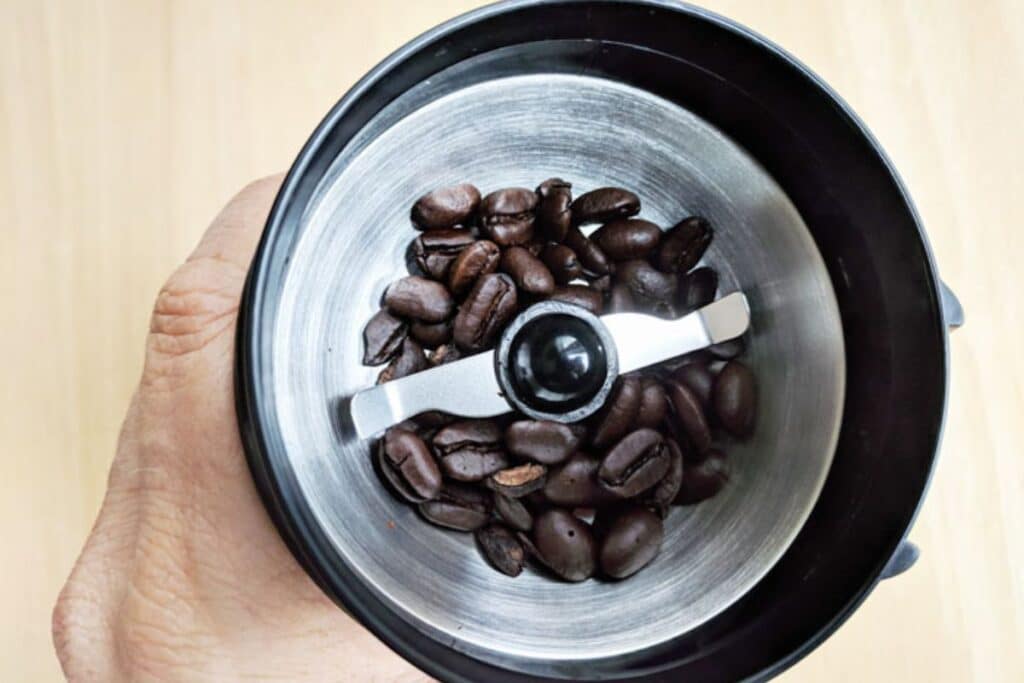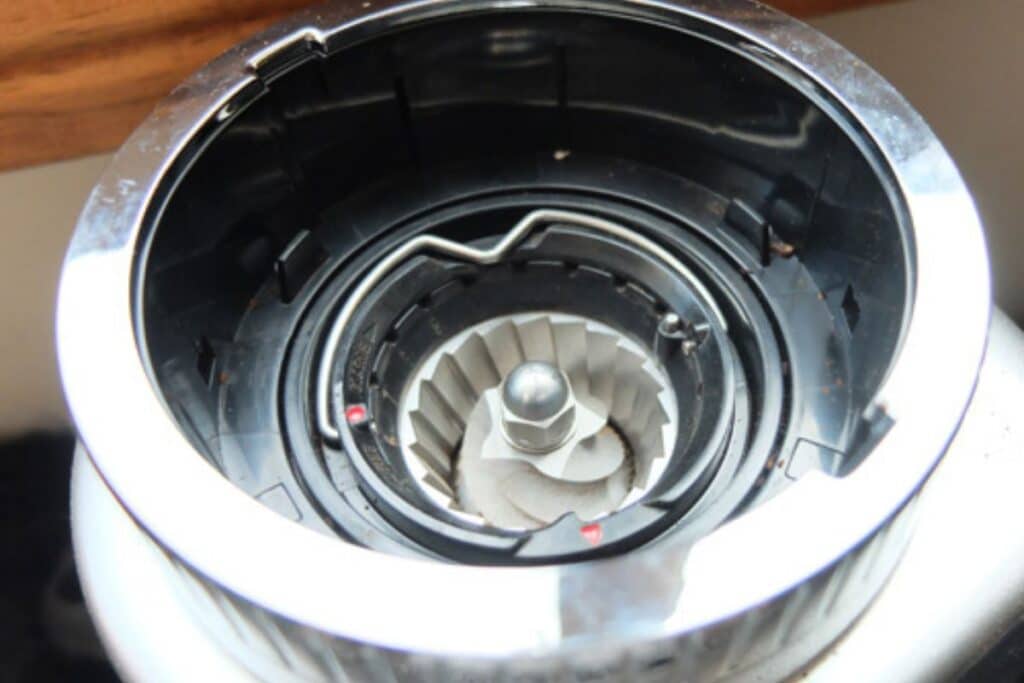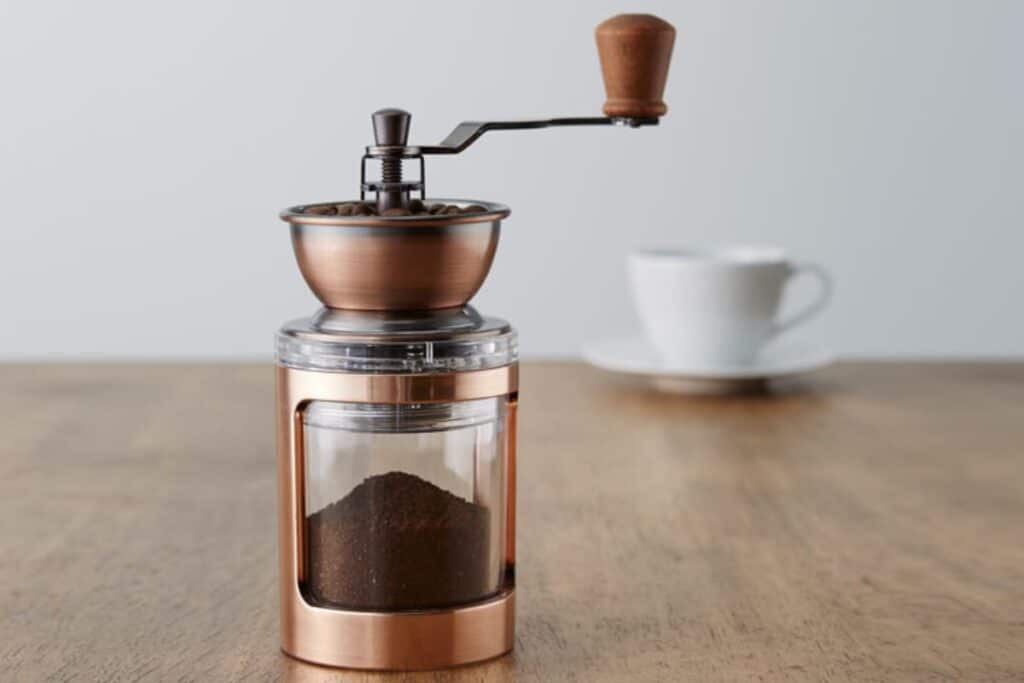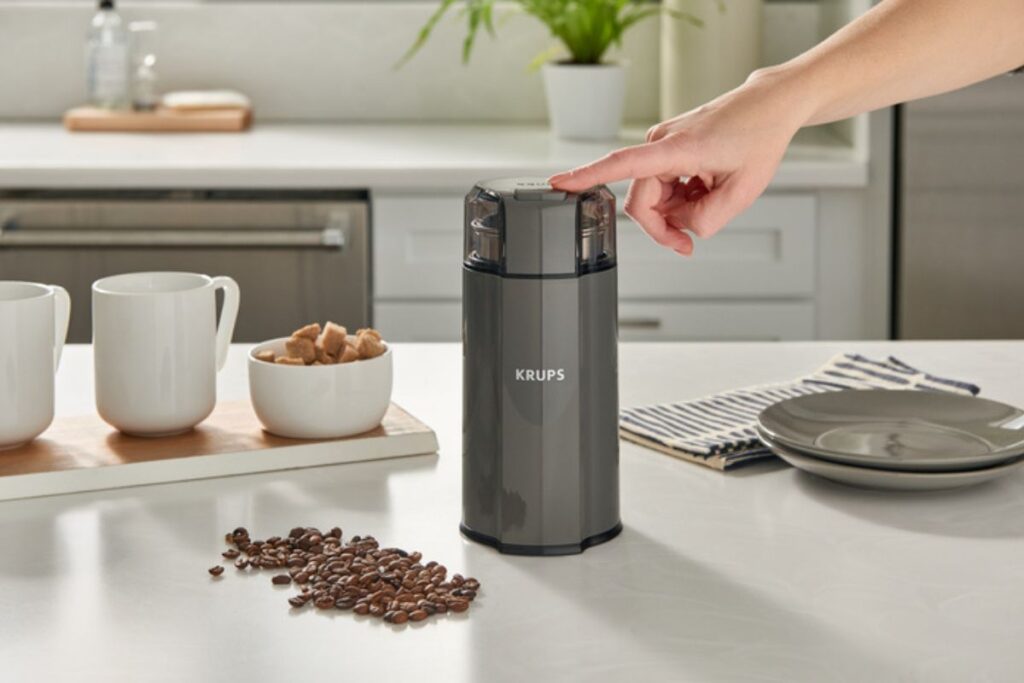For any coffee enthusiast or aspiring home barista, the journey to mastering the perfect cup begins with one essential tool—the coffee grinder. A quality grinder allows you to unlock the full potential of coffee beans, extracting rich aromas and complex flavors that pre-ground coffee simply cannot offer. But with so many different types of grinders available, how do you know which one is the right fit for your brewing preferences?
This blog post delves into the four main types of coffee grinders, breaking down their key features, advantages, and disadvantages. By the end, you’ll have a clearer understanding of which grinder suits your needs and how to use it effectively to brew the perfect cup of coffee at home.
Understanding Coffee Grinding
Before exploring the various grinder options, it’s crucial to understand two primary aspects of coffee grinding: grind size and grind consistency.
- Grind Size – The size of the coffee grind depends on the brewing method you’re using. For example, a French press requires coarse grounds, while espresso demands very fine grounds. Ensuring you have the correct grind size is essential for optimizing flavor extraction.
- Grind Consistency – Inconsistent grind sizes can lead to uneven extraction, meaning some grounds might be over-extracted, making the coffee bitter, while others may be under-extracted, leading to a weak or sour flavor. Achieving a uniform grind size is crucial for making high-quality coffee.
The Four Types of Coffee Grinders
1. Blade Grinders

Blade grinders are the most basic and affordable type of coffee grinder. They operate by spinning blades at high speeds, slicing through the beans. The longer you grind, the finer the grounds become. However, this method tends to result in inconsistent grind sizes, which can affect the overall flavor of the coffee.
Pros:
- Ease of Use: Blade grinders are simple to operate and require minimal setup.
- Affordability: These grinders are the least expensive, with prices starting as low as $10, making them ideal for beginners.
- Easy to Clean: Blade grinders are generally low-maintenance and easy to clean, as they have fewer components than other grinders.
Cons:
- Inconsistent Grind Size: The lack of control over grind size can lead to a less-than-perfect brew, especially for those aiming for specific brewing methods like espresso or pour-over.
- Limited Precision: Blade grinders lack the fine-tuning that other grinders offer, making them unsuitable for those who want complete control over their grind.
For casual coffee drinkers or those just starting on their coffee journey, a blade grinder is a budget-friendly option. However, for those who prioritize flavor consistency, investing in a more advanced grinder may be worthwhile.
2. Burr Grinders

Burr grinders are considered a step up from blade grinders, widely used by professional baristas for their accuracy and consistency. These grinders work by crushing the beans between two burrs—serrated plates that can be adjusted to control the size of the grind.
There are two types of burr grinders: flat burr and conical burr.
- Flat Burr Grinders: Known for their precise grind, flat burr grinders are particularly popular among espresso enthusiasts. However, they tend to be louder and messier than their conical counterparts.
- Conical Burr Grinders: These grinders are quieter, slower, and produce less mess. They offer a more even grind, though they can produce a bimodal distribution, where some grounds are finer and others are coarser.
Pros:
- Precise Control: Burr grinders allow users to fine-tune the grind size, making them ideal for coffee lovers who use a variety of brewing methods.
- Durability: Made from ceramic or steel, burr grinders are built to last, making them a sound investment for long-term use.
Cons:
- Cost: Burr grinders are more expensive than blade grinders, with prices typically starting at $35 and increasing significantly for high-end models.
- Maintenance: Burr grinders require more frequent cleaning and maintenance to ensure consistent performance.
Burr grinders are the go-to choice for serious coffee enthusiasts who demand precision and consistency in their grind. While they may come with a higher price tag, the control they offer makes them worth the investment.
3. Manual Grinders

For those who prefer a hands-on approach, manual coffee grinders provide a quieter, more affordable alternative to electric grinders. These grinders use a hand crank to operate the grinding mechanism, allowing you to control the grind size manually.
Pros:
- Quiet Operation: Manual grinders don’t require electricity, making them perfect for early morning brews without disturbing others.
- Portability: Due to their compact size and lack of reliance on power, manual grinders are ideal for travelers or campers.
- Affordability: Although they range in price from $20 to $200, manual grinders generally offer a more affordable option than electric models.
Cons:
- Time and Effort: Grinding coffee beans by hand can be labor-intensive, especially for those who brew coffee frequently.
- Limited Quantity: Manual grinders are best for small batches, so if you’re brewing large amounts of coffee, this method may not be the most efficient.
Manual grinders are ideal for coffee lovers who appreciate the tactile experience of grinding their own beans. They also work well for those who want a grinder that can easily travel with them or who need a quiet option for early mornings.
4. Electric Grinders

Electric grinders are the pinnacle of convenience and efficiency, perfect for coffee aficionados who value speed and precision. These grinders typically feature multiple grind settings, allowing for a high level of control over the grind size.
Pros:
- Efficiency: Electric grinders can handle large quantities of beans in a short amount of time, making them ideal for those who brew coffee regularly.
- Ease of Use: With features like timers and automated settings, electric grinders take the guesswork out of the grinding process.
- Consistency: Thanks to their adjustable settings, electric grinders offer precise grind size control, ensuring uniform grounds every time.
Cons:
- Cost: High-quality electric grinders can range from $100 to $200, making them a significant investment.
- Noise: Depending on the model, electric grinders can be noisy, especially during longer grinding sessions.
Electric grinders are an excellent choice for those who take their coffee seriously and brew frequently. Their convenience and consistency make them a valuable addition to any home coffee bar, especially for those who appreciate the finer nuances of different brewing methods.
How to Choose the Right Grinder for You
When selecting a coffee grinder, consider your personal preferences and brewing habits. Here are a few key factors to think about:
- Brewing Method: Different brewing methods require different grind sizes. If you’re primarily brewing espresso, opt for a burr grinder, particularly one with flat burrs for maximum precision. For French press enthusiasts, a grinder that excels at coarse grinds, like a conical burr grinder, may be a better fit.
- Frequency of Use: If you’re a casual coffee drinker who only brews occasionally, a blade grinder or manual grinder might suit your needs. However, if you brew multiple cups a day, investing in a durable electric burr grinder could save you time and effort in the long run.
- Budget: Blade grinders offer a budget-friendly option for beginners, while burr and electric grinders, though pricier, provide superior grind quality and consistency.
- Portability: For travelers or those who enjoy brewing coffee on the go, a manual grinder offers portability without sacrificing grind quality.
Conclusion
Investing in a high-quality coffee grinder is the first step toward achieving barista-level coffee at home. Whether you’re just starting on your coffee journey or you’ve been brewing for years, selecting the right grinder can make all the difference in the flavor and aroma of your coffee. Whether you prefer the simplicity of a blade grinder, the precision of a burr grinder, or the convenience of an electric grinder, there’s a perfect option out there for every coffee lover. Take the time to explore your options, and soon enough, you’ll be enjoying consistently excellent coffee brewed to perfection in the comfort of your own home.






